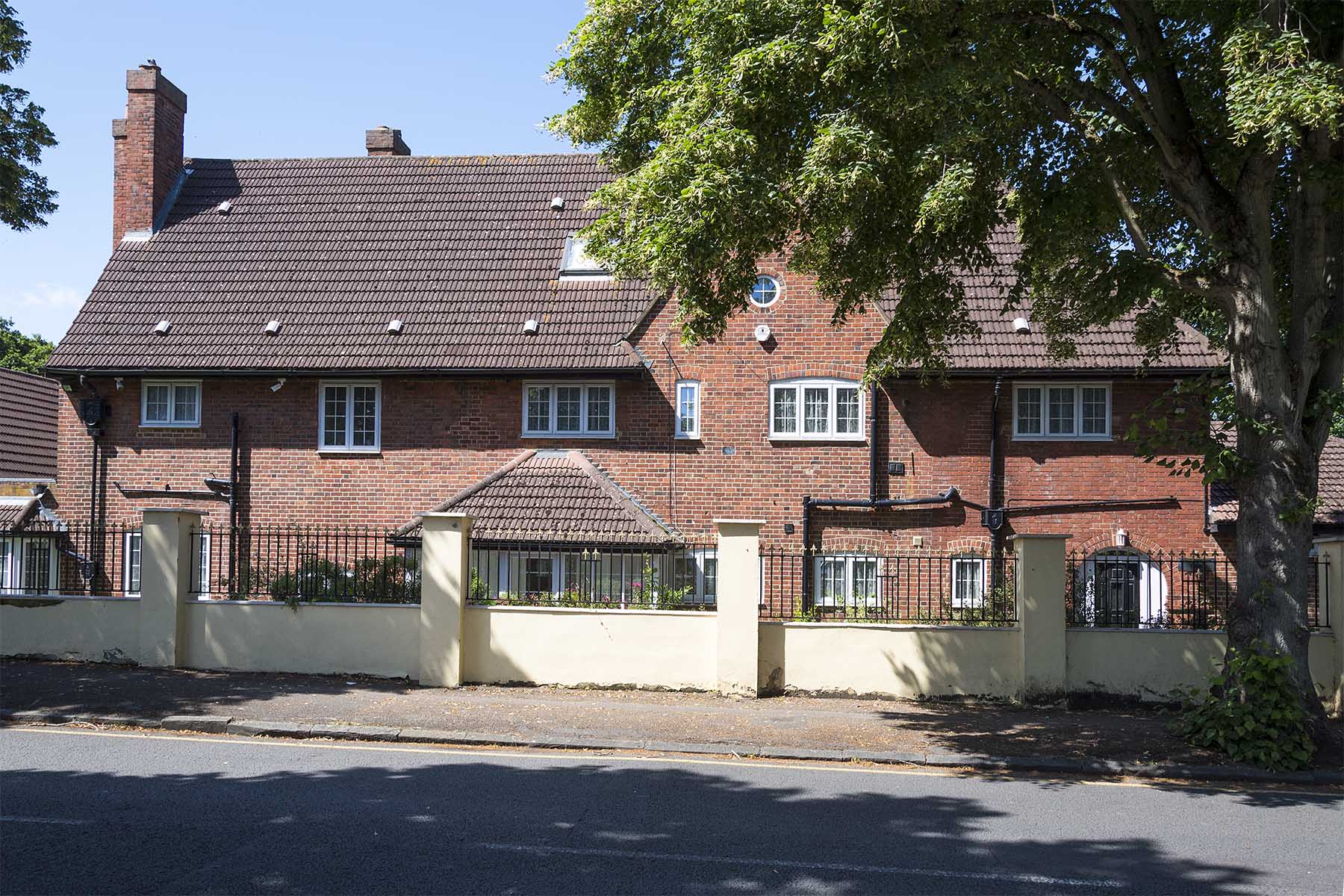Previous posts on this blog mentioned the Sanatorium at 20 Shinfield Road and 60 Northcourt Avenue.
A third Sanatorium was located at the bottom of the hill at 16 Northcourt Avenue. The building dates back to 1906, and was known as West View from 1907 until 1928, then renamed Broadfield House under the ownership of a Captain Miller. His sister, Miss Alice Constance Miller, donated it to the University in his memory in 1936.
By 1938 it was functioning as the new Sanatorium with beds for 20 students and it remained in operation until the opening of the present University Health Centre in 1963. In 1939 Miss J. M. Kendon replaced Miss Strange as Matron.
The University’s annual accounts between 1937 and 1949 list the property’s value at £2,000. After this the value of individual buildings cease to be itemised. However, the self-financing status of the Sanatorium mentioned in the 1917 Annual Report (see the post about 20 Shinfield Rd) was not sustained. Accounts for 1950-51 mention the health of its finances for the first time: ‘Excess of Expenditure over Income … [£]482’. Even after support from the Medical Aid Fund, there was a loss of £177, and there is no mention of the Aid Fund during the following years. By 1955-56 it was running at a cost of £1,080.
Today the property still belongs to the University and provides student accommodation for families, couples and single mature students. According to the University’s website it is a large detached house of ‘traditional character’ offering 13 flats and studio rooms on three floors and a ‘small enclosed garden’.

Increases in student numbers by the 1960s led to the building of the present University Health Centre on a site where according to Penny Kemp, Northcourt Avenue historian and archivist, cows were milked, horses grazed and residents of the Avenue once played tennis.
The Centre was completed in 1963 and was accompanied the following year by the appointment of a full-time Medical Officer replacing the previous Consultant Practitioner. Professor Holt proudly records these events in his official history of the first fifty years of the University:
‘By 1974 there were four medical officers and a dental surgeon. The change in title was deliberate. The old Sanatorium was for the recovery of the sick. The new Health Centre also provided for the education and supervision of the healthy. It was a pioneering venture in which Reading was to the fore, just as it had been, nearly sixty years earlier, in the development of halls of residence.’ (p.261)
The Health Centre has its own entry in the University’s Proceedings for the first time in 1979 (pp.270-71). It shows the staff’s contribution to teaching, research and publication. Of course, this more ambitious project entailed additional spending. Details of annual income (£253,855) versus expenditure (£259,414) are first given in the Proceedings of 1981-82. These sums fluctuate considerably in subsequent years.
The locations of the Sanatoriums and Health Centre in Northcourt Avenue are shown below:

Sources
Holt, J. C. (1977). The University of Reading: the first fifty years. Reading: University of Reading Press.
Kemp, P. (1996). Northcourt Avenue: its history & people. Reading: Northcourt Avenue Residents’ Association.
https://www.reading.ac.uk/ready-to-study/accommodation/accommodation-families-northcourt-avenue-houses (accessed 20/8/2021)
University College Reading, Annual Report and Accounts, 1916-17.
University of Reading. Proceedings of the University, 1936-37 to 1981-82.
University of Reading. Calendar, 1939-40.
Thanks
I’d like to thank Penny Kemp for allowing me to use and edit the map from Northcourt Avenue: its history & people.




